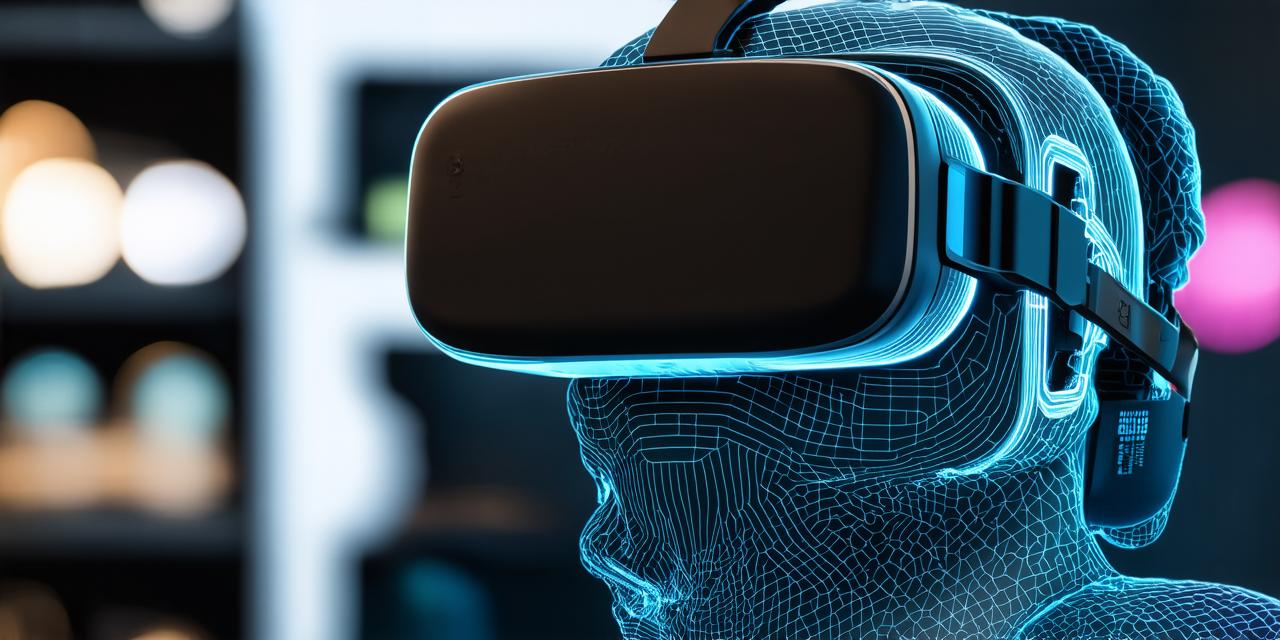Augmented Reality (AR) and Virtual Reality (VR)
are two rapidly growing fields with countless applications in gaming, education, healthcare, and more. As these technologies continue to evolve, there is a high demand for skilled developers who can create immersive and interactive experiences for users.
1. Learn the basics of programming
Before diving into AR/VR development, it’s important to have a solid foundation in programming. There are many programming languages that can be used for AR/VR development, such as C++, Java, and Python. You can start by learning the basics of programming using online tutorials or taking a beginner-level course at a local college.
2. Familiarize yourself with AR/VR technologies
Once you have a basic understanding of programming, it’s time to learn about the specific technologies used in AR/VR development. This includes understanding how devices like smartphones and headsets work, as well as the different types of sensors and tracking systems used to create immersive experiences. There are many online resources available that can help you learn more about these technologies, including documentation from manufacturers and online tutorials.
3. Choose a development platform
There are several platforms available for AR/VR development, including Unity, Unreal Engine, and CryEngine. Each platform has its own strengths and weaknesses, so it’s important to choose one that fits your needs and skill level. You can also consider using cross-platform tools like ARKit or ARCore, which allow you to create experiences that work on multiple devices.
4. Create your first AR/VR project
Once you have a basic understanding of programming and AR/VR technologies, it’s time to start creating your own projects. Begin with simple projects, such as creating a simple AR app that overlays information on the real world or a VR game that simulates a simple environment. As you gain more experience, you can move on to more complex projects that require more advanced skills.
5. Join online communities and forums
AR/VR development is a rapidly evolving field, and there are many online communities and forums where developers can connect and share knowledge. Joining these communities can be a great way to stay up-to-date on the latest developments in AR/VR and to get advice and feedback from other developers. You can also consider attending conferences and meetups to network with other professionals in the field.
6. Continuously learn and improve
AR/VR development is a constantly evolving field, and there is always something new to learn. Whether it’s learning about new technologies or best practices for creating immersive experiences, it’s important to continuously learn and improve. You can do this by taking online courses, attending workshops, and experimenting with new techniques and tools.
Summary
Becoming an AR/VR developer requires a combination of programming skills, knowledge of AR/VR technologies, and a willingness to constantly learn and improve. With the right approach and dedication, anyone can become a skilled AR/VR developer and create immersive experiences that captivate and engage users.
